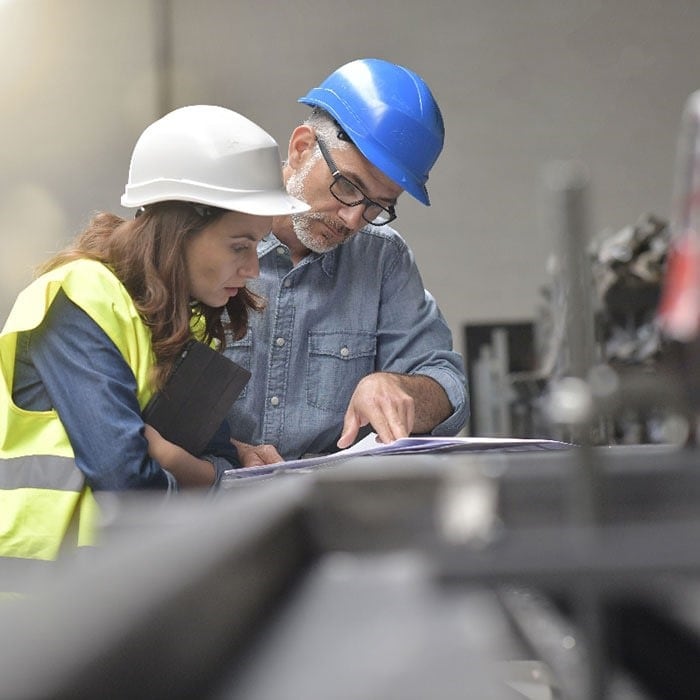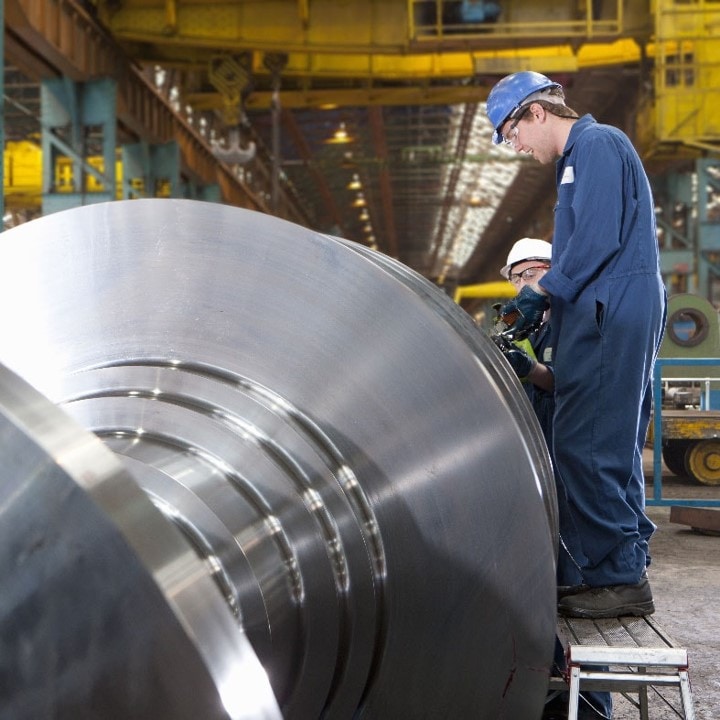LVD | Strategy
Balancing shifts in demand with long-term strategies
The LVD Group (LVD) got its start in the early 1950’s during the “Belgian Miracle” – when the country’s specialization in manufactured goods helped Europe rebuild after World War II. What began as a small metalworking shop has grown into a global manufacturer of press brakes, laser-cutting machines, punch presses, automation systems, robotic cells, computer-aided manufacturing software, and other sophisticated integrated systems for the sheet metal industry.
Carl Dewulf, President and Managing Director – and the “D” in the company’s initials – says LVD has been able to achieve success by balancing shifts in global demand with long-term strategies. This has allowed the family-owned company to withstand multiple twists in the economy, from the post-World War II period to the COVID-19 pandemic. In this most recent crisis, LVD felt the impact worldwide, all of its manufacturing, sales and service operations were affected. The company quickly enacted a series of measures, including implementing additional shift patterns, work-from-home policies, virtual product demonstrations, and remote service appointments.
“Some of these measures, like the new AR app introduced by our service group and a strengthening of our IT structure, were already in development, but the crisis moved us to accelerate these efforts,” Dewulf says of the company’s quick pivot to virtual environments. “We thought these were items for the medium and longer term, but we were forced to develop quickly because of the facts.”

“We thought [virtual environments] were items for the medium and longer term, but we were forced to develop quickly because of the facts.”
Dewulf says the company has long prioritized flexibility through its approach to strategic planning. It’s in part a bottom-up process that spans functional areas. Individual teams are encouraged to actively elevate ideas to the company’s senior management team, with key ideas taken to quarterly board of directors meetings. With the board’s blessing, approved ideas are then taken to various divisions across the 47 countries and 19 subsidiaries that comprise the LVD Group. In addition, colleagues from areas such as marketing, logistics, and engineering meet quarterly as part of LVD’s new product development process, where current projects are managed, new ideas exchanged and supply and demand trends are discussed.
“Our strategic planning cycle is dynamic, and deliberately so,” Dewulf says. “We believe it's important for senior management, engineering, and other departments to have this flow of information and dynamism to move strategy and tactics very quickly to suit business conditions.”
The company also pursues its strategic goals by scanning the globe for acquisition and joint venture opportunities that enhance its technology capabilities. For instance, its 2015 acquisition of US-based tube laser manufacturer AltaMAR and in 2019 Italian automation manufacturer Compac allowed LVD to combine design and engineering capabilities for tube laser cutting technology with AltaMAR and boost automation capabilities with Compac. Dewulf says LVD is also expanding its footprint in China through two joint ventures – boosting Chinese market share while also allowing LVD to compete more aggressively on pricing globally.
As part of its Global Manufacturing Strategy the company has followed world class manufacturing and lean thinking management techniques to control costs and reduce waste. The latter objective has been a key area of focus for the company both commercially and operationally. Every LVD manufacturing facility—which includes its main factory and headquarters in Wevelgem, Belgium; Slovakia; the United States; an automation facility in Italy and China—are also equipped with sustainability in mind.
Sustainability is increasingly part of LVD’s strategic focus. Solar panels account for 30% of its electricity consumption. The company was able to cut its annual electricity consumption in half between 2008 and 2020 by relighting offices, relighting production halls, installing new heat pumps, and investing in high-efficiency machinery. In addition, water use dropped 25% between 2011 and 2020 after the company installed new plumbing systems. Plans for 2021 call for rain and waste water separation, and reuse of rainwater in restrooms.
“Sustainability is not a buzzword for LVD,” Dewulf says. “From the beginning we wanted to add value for the generations to come and add value for the community we are operating in.”
